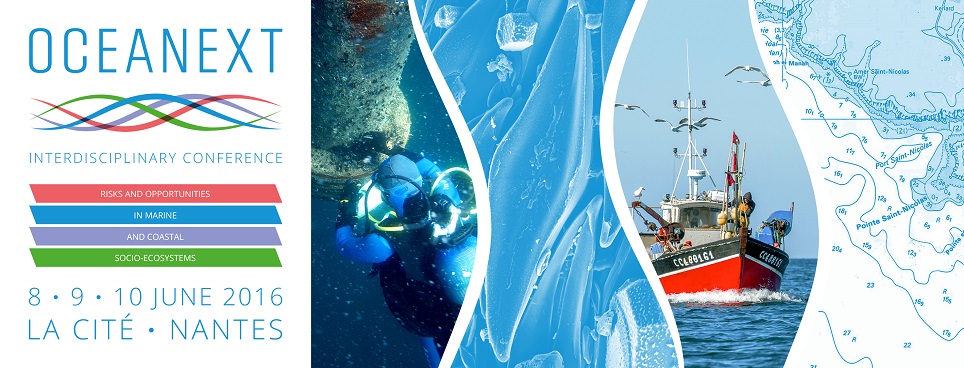A citizen observation program of water discolorations (Phenomer) caused by phytoplankton proliferations was launched in 2013 throughout the coastal waters of Brittany (France), in parallel to the ongoing phytoplankton monitoring network (REPHY). Beyond communication and outreach objectives, Phenomer aims to explore the possibility to acquire scientifically valuable data on Harmful Algal Blooms (HABs) through extending the survey area of coastal waters by means of citizen alerts. A theoretically infinite number of sampling points (public observations) could contribute to identify i) HAB frequency and recurrence; ii) the distribution and extension of water discolorations; iii) the biogeography of causative taxa. The first three years of project running have contributed towards answering these hypotheses. Citizen observations have shed light on the extension and duration of water discolorations phenomena. In 2013 and 2015, Noctiluca scintillans red discolorations were observed over large distances, and in 2014, Lepidodinium chlorophorum created impressive long-lasting green discolorations, being at times associated to massive fish mortalities. New HAB risks were identified for the first time in Brittany. A bivalve mortality event coincided with a dark-brown phytoplankton bloom characterized by the dominance of the toxic raphidophytes Heterosigma akashiwo and Pseudochattonella verruculosa. Phenomer shows the value of citizen science programs in contributing towards managing and monitoring marine coastal areas at risk from HABs, whilst also providing the basis for the realization of new research projects on harmful microalgae. In addition, the primary motivations of volunteers were studied via phone surveys, revealing the genuine desire for volunteers to be involved in scientific research.

|
Citizen Participation in Observing Phytoplankton Seawater Discolorations
1 : Ifremer DYNECO
(Dynamique des Ecosystèmes Côtiers)
Ministère de l'Enseignement Supérieur et de la Recherche Scientifique, Ministère de l'Ecologie, du Développement durable et du Transport
Centre de Brest ZI de la pointe du diable CS 10070 - 29280 Plouzané -
France
2 : Sorbonne Universités
(UPMC (PARIS 06), UMR 7144 and FR2424)
Ministère de l'Enseignement Supérieur et de la Recherche Scientifique
Station Biologique de Roscoff, Place Georges Teissier, 29688 Roscoff -
France
3 : CNRS
(UMR 7144 and FR2424)
Ministère de l'Enseignement Supérieur et de la Recherche Scientifique
Station Biologique de Roscoff, Place Georges Teissier, 29688 Roscoff -
France
4 : Laboratoire des Sciences de l'Environnement Marin
(LEMAR)
-
Site web
CNRS : UMR6539, Université de Bretagne Occidentale (UBO), Institut Universitaire Européen de la Mer (IUEM), Institut de Recherche pour le Développement, Institut Français de Recherche pour l'Exploitation de la Mer (IFREMER)
Technopôle Brest-Iroise, Place Nicolas Copernic, 29280 Plouzané -
France
5 : Centre de Recherche en Psychologie, Cognition et Communication
(CRPCC)
-
Site web
Université de Rennes II - Haute Bretagne
20, rue Duquesne - CS93837 - 29238 Brest Cedex 3 -
France
6 : Observatoire Marin OSU
(IUEM Institut Universitaire Européen de la Mer)
-
Site web
* : Auteur correspondant
CNRS : FR2195, Université de Bretagne Occidentale (UBO)
Technopôle Brest-Iroise, Place Copernic, 29280 Plouzané -
France
|
 PDF version
PDF version
